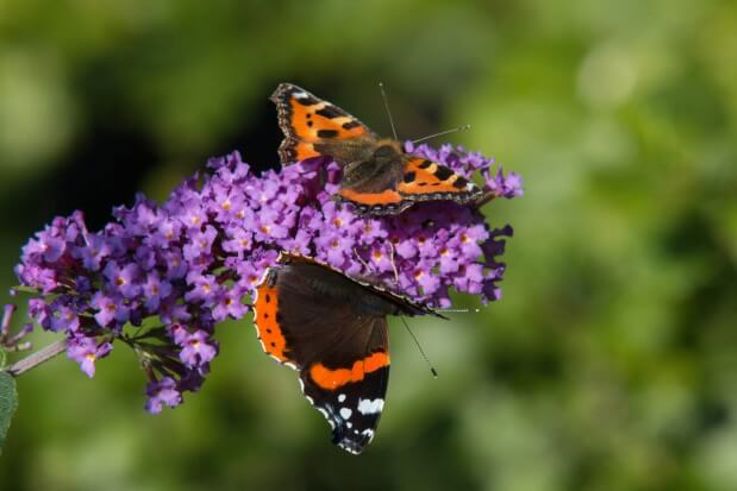Part 6: Case Studies
Contents
Part 6: Case Studies
Here's some case studies to show you how to implement these tips into your business.

Case Study 1
A few years ago Belmore Court & Motel in Enniskillen were looking to lower their environmental impact. They wanted to reduce water consumption, energy use and detergent pollution. The idea that emerged was to introduce a Towel Reuse Program. The goal was to encourage guests to reuse their towels for more than one day, in order to reduce the need for daily laundering. This was done using informative cards placed in each bathroom, explaining the environmental benefits of reusing towels and how guests can participate.
The results of this simple action was that they had almost a 20% reduction in laundry loads in the first 12 months, detergent use fell by nearly 23% and approximately 100,000 litres of water were saved. To top all of this, the energy saved in heating the water and running the dryers at the external laundry was equivalent to powering four average-sized homes for an entire year!
Case Study 2
In recent years it was noticed that thousands of starlings had disappeared from the area surrounding Albert bridge in Belfast. The murmurations that were once a big attraction to the area were no more and the number of starlings being seen around the bridge had dropped to less than 50 birds. Due to their decline in recent decades, Starlings are designated as a red listed species. They are also on the Northern Ireland Priority Species list. The cause for this concerning decline in Belfast was traced to upgrades carried out in 2019 to the lighting on Albert Bridge by the Department for Infrastructure. Light pollution has been shown to have a direct physiological impact on birds. Nighttime lighting causes extra stress and prevents them from sleeping. As a result theywere avoiding the area when looking for roosting sites.
In August of 2023, blackout screens were fitted to lanterns on the bridge and lighting on the underside of the bridge was reduced. Red filters were also fitted to the lights on the side of the bridge.
Call to action: Think about the lighting around your business. Are there areas that are lit up overnight that see minimal footfall during these hours? Could sensored lightingwork in these places? Could you lower the light intensity without causing risk to staff or patrons who use that area? Could black out screens or red light filters be installed to lower stress to wildlife that share your premises. For guidance see this Dark Skys article on assessing lighting.
Case Study 3
In 2022 the Northern Ireland Environment Agency launched a new campaign against water pollution in partnership with the Six Mile Water Trust. The Yellow Fish Campaign aims to both raise awareness of water pollution and positively engage local communities and businesses.
The campaign involves stakeholders marking footpaths and kerbs near surface water drains with a Yellow Fish symbol, to communicate the message 'only rain down the drain’. The visual promptis to remind people that what is put down those drains flows directly to the nearest waterway, and can result in environmental damage if run offis contaminated with pollutants.
Marking of storm drains was led by the Six Mile Water Trust, with other volunteers including County Antrim Countryside Custodians, Ballynure Angling Club, Ballyclare Primary School, School and Antrim and Newtownabbey Borough Council. The NIEA campaign was coordinated with the help of Antrim and Newtownabbey Borough Council, NI Water, DfI Roads and DfI Rivers.
Call to action: Could your business get involved in the Yellow Fish Campaign? Could your business introduce it to your local area and spread the importance of protecting water quality? For more guidance check out this guide.